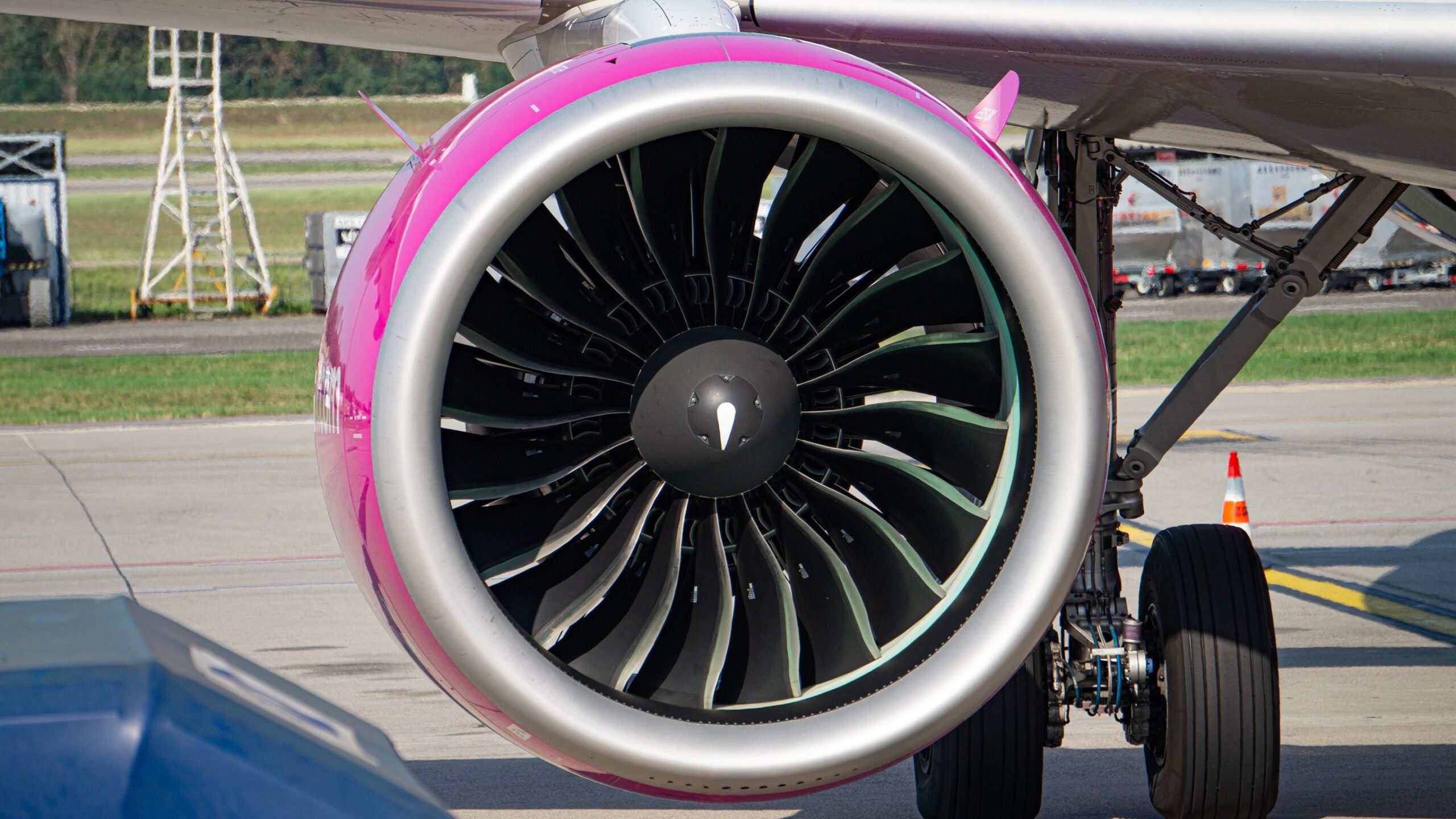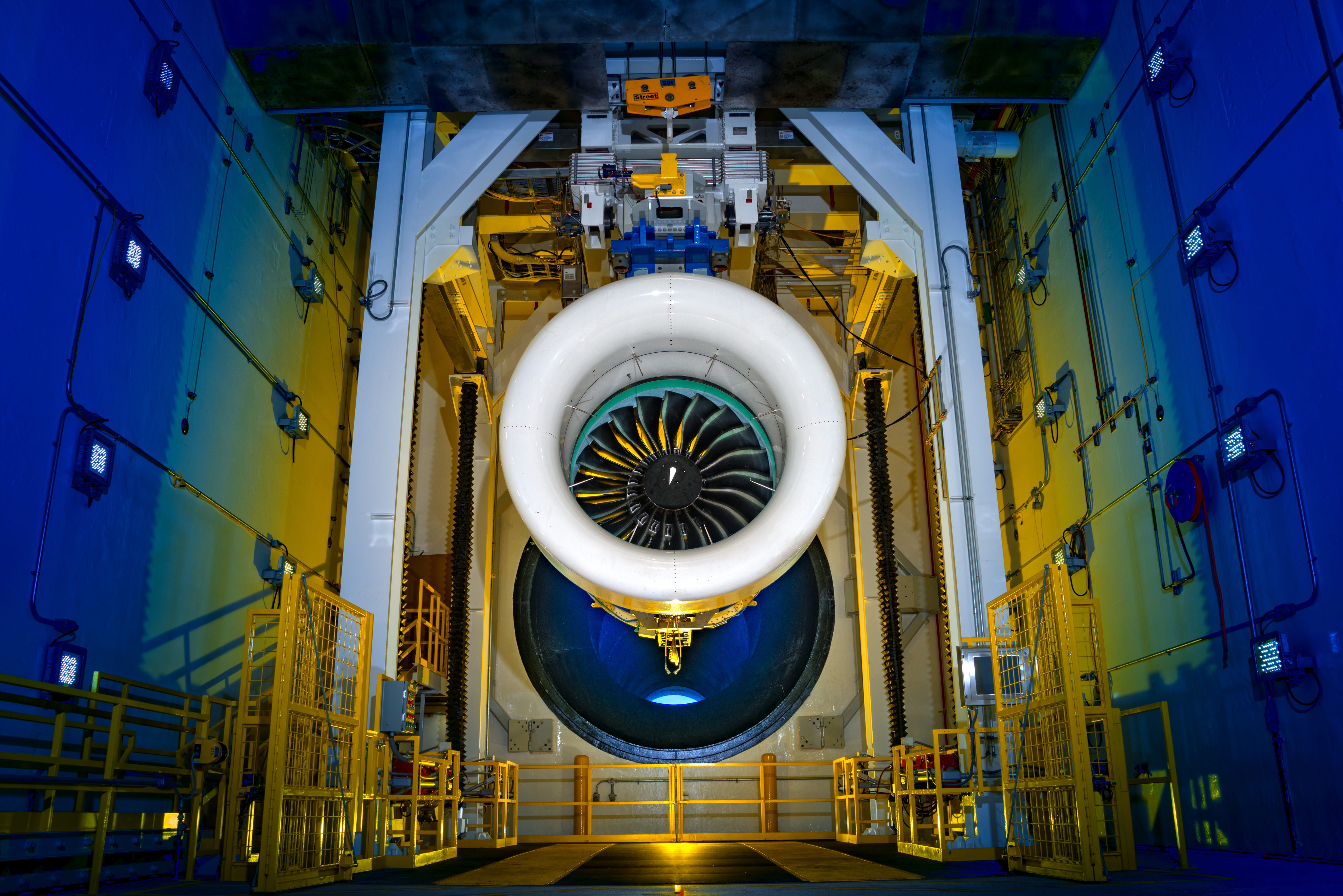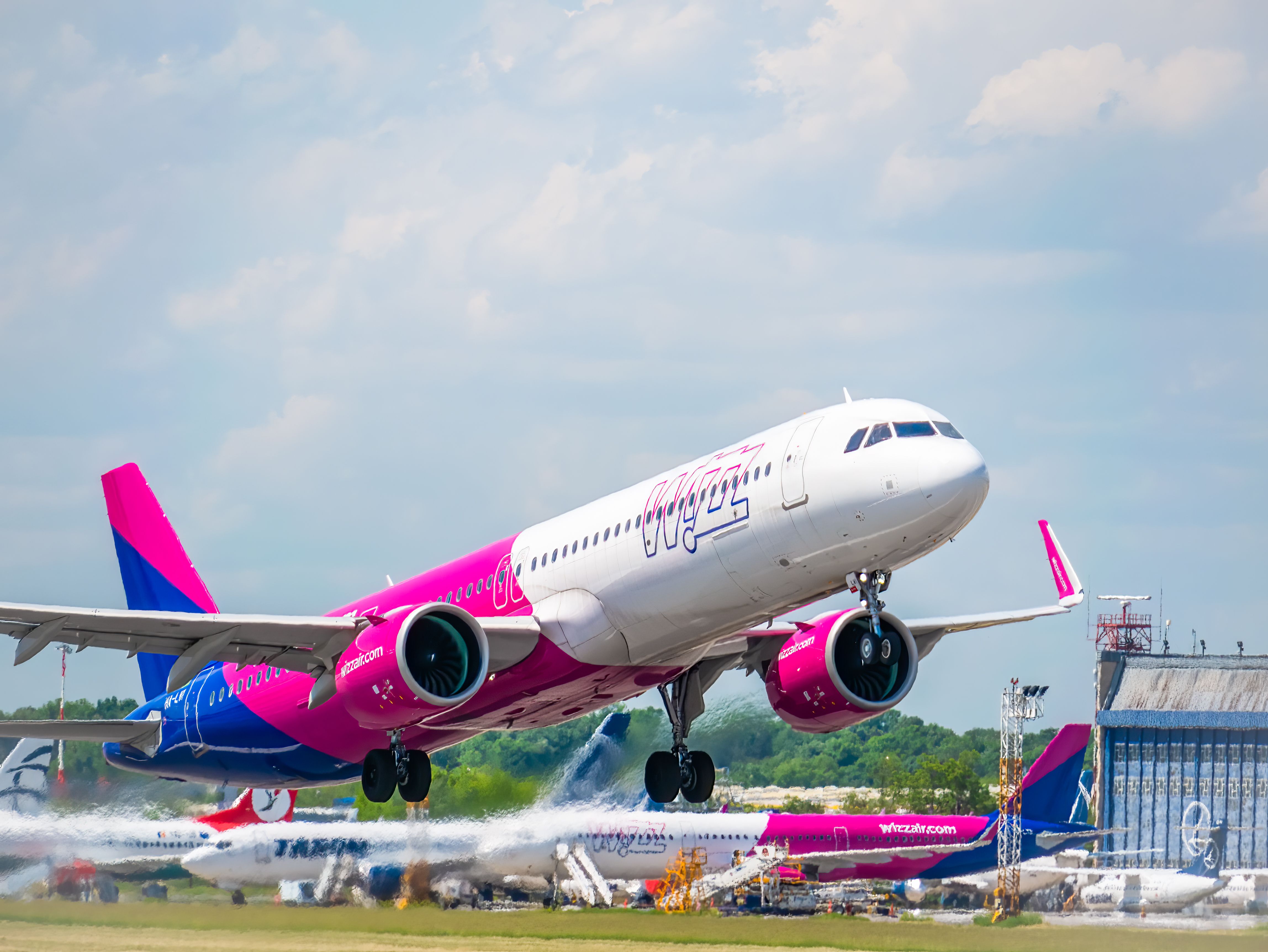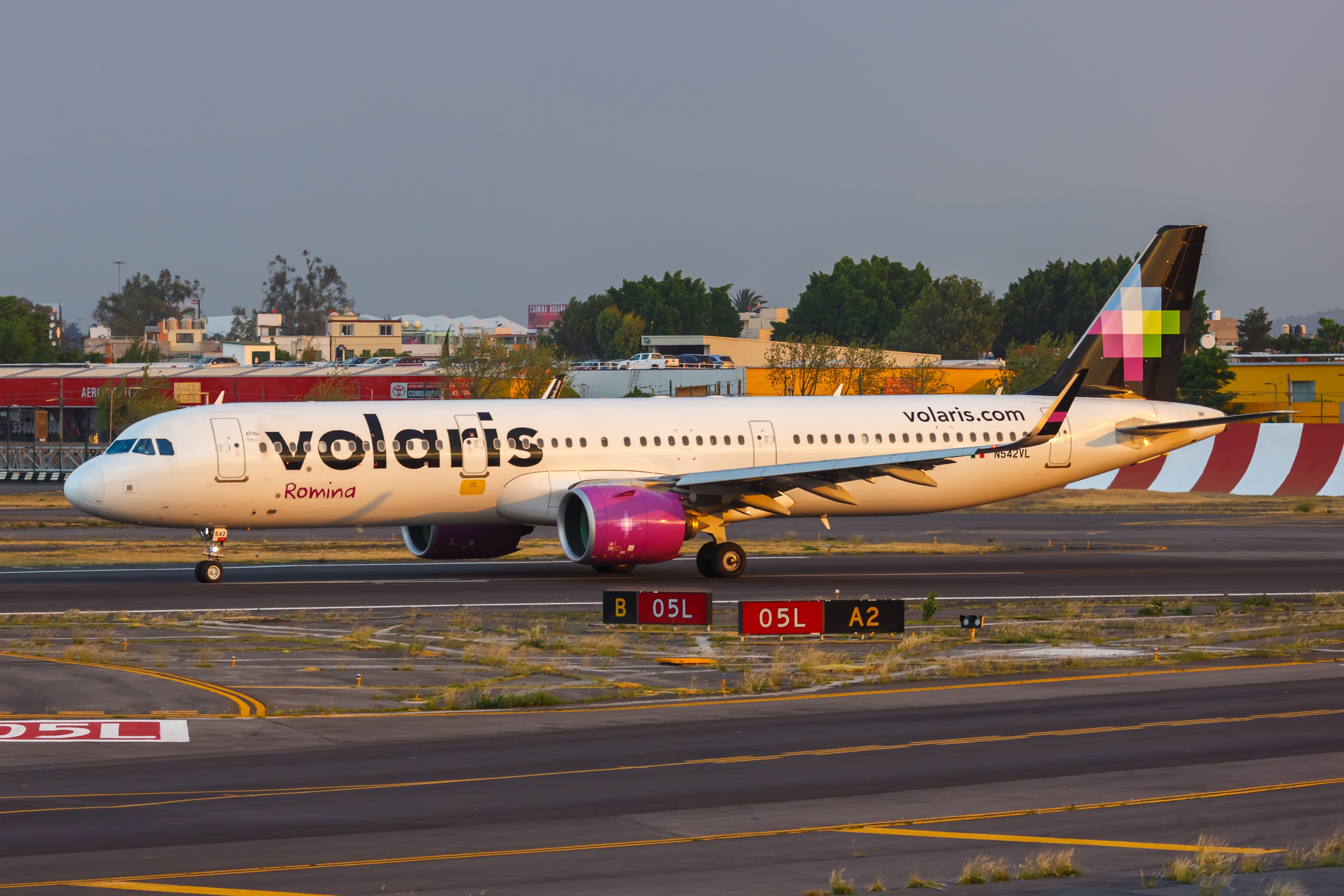Summary
- MTU Aero Engines, a company involved in the PW1100G program, has said that it aims to reduce the engine shop visit times for the GTF engine to less than 100 days.
- The Germany-based company stated that it had managed to turnaround several engines in less than 100 days at one of its facilities.
- The PW1100G is one of the engine options for the Airbus A320neo aircraft family.
MTU Aero Engines, a major supplier of the Pratt & Whitney PW1100G engine program, said that it aims to reduce the engine shop visit turnaround time (TAT) of the engine, also known as the Geared Turbofan (GTF), to less than 100 days. The GTF is one of the two engine options for the A320neo family, with the other being the CFM International LEAP-1A.
Duty as the program’s shareholder
According to a report by FlightGlobal, Michael Schreyoegg, the chief program officer (CPO) at MTU Aero Engines, the Munich, Germany-based aircraft engine manufacturer has a duty, as the GTF’s program shareholder and to its customers, to bring back the fleet of PW1100G engines in the air as soon as possible. The company’s target has been to bring down the TAT of an engine at a shop to less than 100 days, with four GTF engines already having been overhauled in its facility even quicker than the 100-day mark.
Photo: Pratt & Whitney
Schreyoegg added that the company’s target was to be even better in the near future, and its goal was to reduce that TAT even further, noting that MTU Aero Engines has previously managed to overhaul a V2500 engine in around 60 days in 2019, FlightGlobal added. The V2500 engine was one of the options for the preceding generation of the A320neo family. International Aero Engines (IAE), a joint venture that included Pratt & Whitney, MTU Aero Engines, and Japanese Aero Engine Corporation, developed the V2500.
IAE also holds the type certificate for the PW1100G engine in the US, according to records provided by the European Union Aviation Safety Agency (EASA). However, since the company was based in the US, the Federal Aviation Administration (FAA) was the state of design.
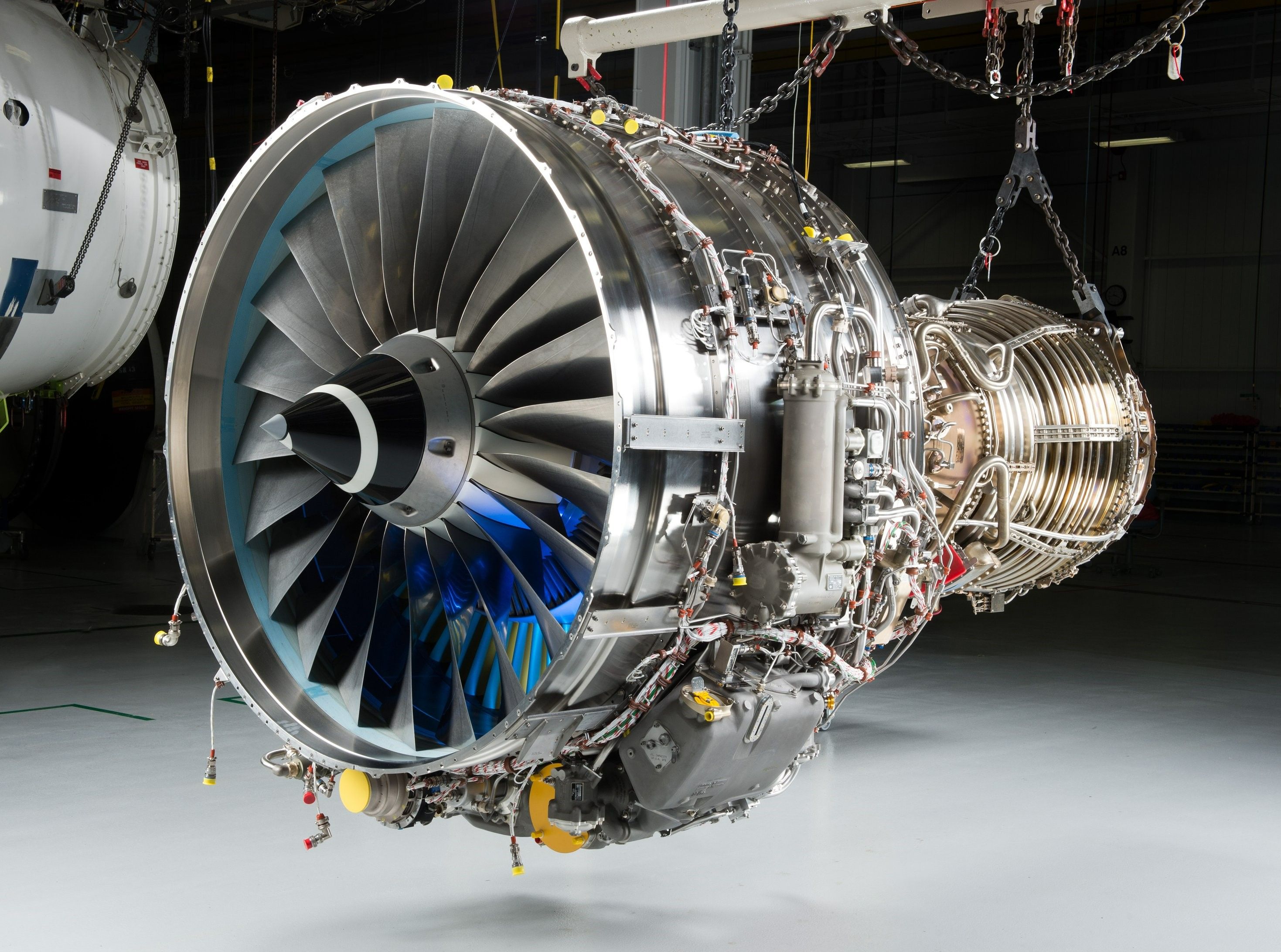
Related
Pratt & Whitney Celebrates 40th Anniversary Of IAE V2500 Engine Program
40 years ago, Pratt & Whitney created the IAE partnership, which produced one of the world’s most successful and efficient airliner engines.
300-day assumption
According to MTU Aero Engines, its involvement in the GTF program is as much as 18%, depending on the application of the engine. The company is responsible for the high-speed low-pressure turbine, the first four stages of the high-pressure compressor, and the brush seals and nickel blisks for the high-pressure compressor. In addition, the German aircraft engine manufacturer assembles the PW1100G-JM for the A320neo in its Munich, Germany facility.
Photo: Cristi Croitoru | Shutterstock
However, the 100-day TAT goes against the figure that some carriers have come to expect. For example, Wizz Air, which announced its FY24 financial results on May 23, said that it expected that the time needed to return an engine back to service after a shop visit would remain around 300 days. At the end of FY24 on March 31, Wizz Air had 45 aircraft on ground (AOG), 47 on May 17, and expected to have around 50 Airbus A320neo or A321neo AOG by the end of H1 FY25, which is a period that ends on September 30.
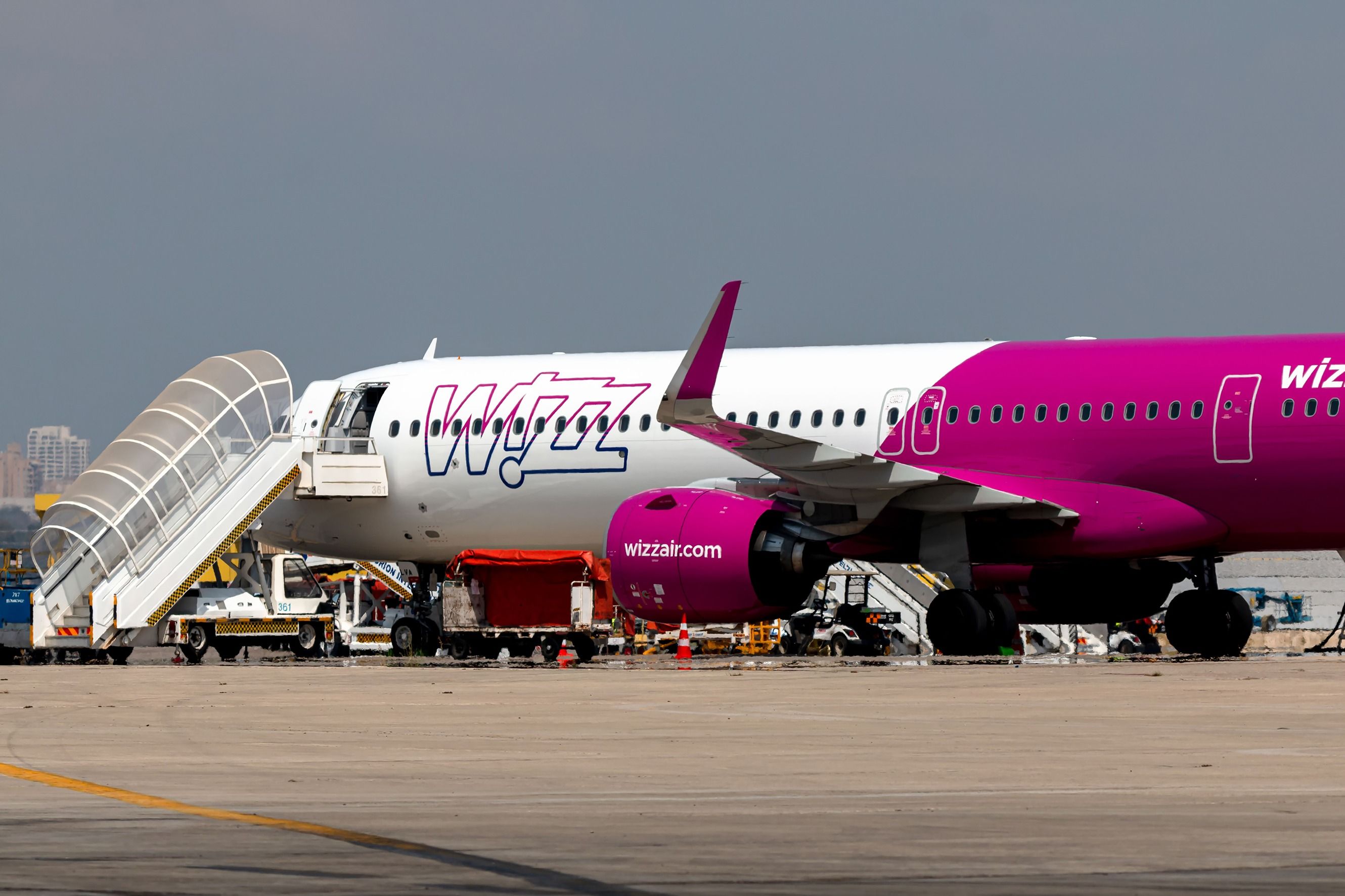
Related
Wizz Air Posts $472 Million Profit Despite Pratt & Whitney Engine Disruptions
Despite the issues it is currently facing, Wizz Air expects to improve its profitability during the upcoming financial year.
Capacity crunch
According to ch-aviation data, there are 62 airlines that have either Airbus A320neo or Airbus A321neo aircraft powered by the PW1100G engine and many of its variants, including such airlines as Air China, China Southern Airlines, Delta Air Lines, Frontier Airlines, IndiGo, Lufthansa, Spirit Airlines, Turkish Airlines, Volaris, Wizz Air, and others.
Photo: Markus Mainka | Shutterstock
Some of these airlines had to significantly slash their flight schedules year-on-year (YoY). Data from the aviation analytics company Cirium showed that while flights with the A320neo and A321neo are scheduled to grow in 2024 by 19% YoY, some carriers’ capacity with the type should go down significantly.
|
Departing flights with the A320neo and A321neo in 2023 |
Departing flights with the A320neo and A321neo in 2024 |
Change |
PW1100G-powered A320neo/A321neo aircraft in fleet (ch-aviation data) |
|
|
Volaris |
190,540 |
121,623 |
-36.2% |
75 |
|
Turkish Airlines |
76,039 |
44,502 |
-41.5% |
67 |
|
Wizz Air (Hungarian air operator’s certificate (AOC)-only) |
86,917 |
57,936 |
-33.3% |
67 |
|
Lufthansa |
71,891 |
57,936 |
-28.3% |
47 |
Interestingly, the overall number of flights scheduled with an Airbus A320neo and A321neo is set to grow by 431,314 in 2024. However, IndiGo is responsible for 46% (198,425 departures) of that growth, with the second-largest growth driver being Chile-based Sky Airline, which should add 50,558 flights with the type in 2024 compared to zero in 2023.
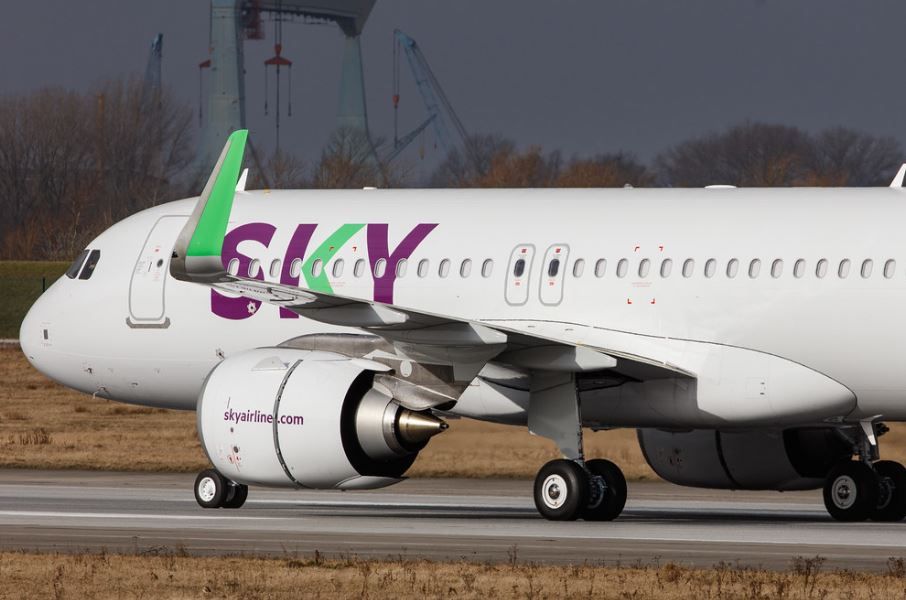
Related
SKY Airline Adds Airbus A321neo Aircraft To Fleet
Aviation Capital Group has leased the aircraft to the South American carrier.

